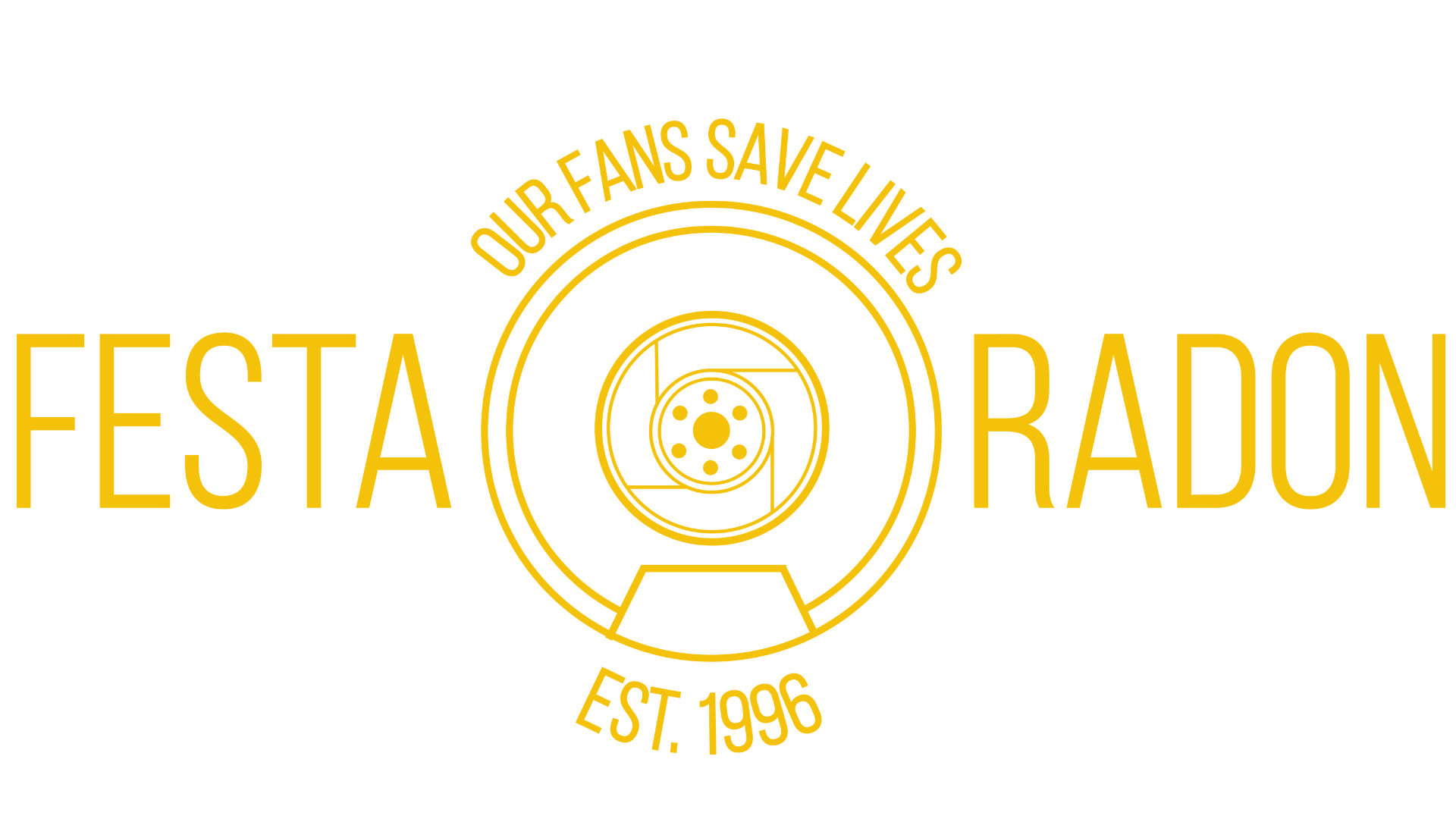
The Differences Between Radon and Carbon Monoxide Poisoning
Radon and carbon monoxide are both invisible, odorless gases that pose significant health risks to homeowners. Radon is a naturally occurring radioactive gas produced by the breakdown of uranium in water, soil, and rock. Carbon monoxide, on the other hand, is a byproduct of burning fossil fuels like coal, wood, and gas. While both gases are dangerous, understanding their sources, entry points, health effects, and detection methods is crucial for safeguarding your home and health. Continue reading to learn about the differences between radon and carbon monoxide poisoning.
How They Enter Homes
Radon typically enters homes through cracks and openings in foundations, walls, and floors. It can also seep in through gaps around service pipes and construction joints. This gas accumulates over time, especially in poorly ventilated areas like basements. Carbon monoxide, however, infiltrates homes through faulty fuel-burning appliances such as furnaces, stoves, water heaters, and fireplaces. Poorly maintained or improperly vented appliances can release high levels of carbon monoxide into living spaces, creating a dangerous environment.
Health Effects
Exposure to radon and carbon monoxide can result in severe health issues. Radon is the leading cause of lung cancer among non-smokers and the second leading cause of lung cancer overall. Long-term exposure increases the risk of developing lung cancer, particularly for smokers. Carbon monoxide poisoning, on the other hand, has immediate and potentially fatal effects. Short-term exposure can cause symptoms like headaches, dizziness, nausea, and confusion, while prolonged exposure can lead to unconsciousness, brain damage, and death. Both gases require prompt attention to mitigate their health impacts.
Detection Methods
Detecting radon and carbon monoxide in your home involves different approaches. You can measure radon levels using short-term and long-term test kits available at hardware stores or through professional testing services. These kits typically require placement in the lowest lived-in level of your home for a specified period. Carbon monoxide detection is more straightforward, with battery-operated or plug-in detectors readily available. You should install these devices near sleeping areas and on every level of your home to ensure prompt detection of leaks.
Prevention and Mitigation
Preventing and mitigating radon and carbon monoxide exposure involves proactive home maintenance and safety measures. To reduce radon levels, homeowners can seal cracks and openings in their foundations, improve ventilation, and install radon mitigation systems. It’s also recommended to regularly test radon levels in your home. For carbon monoxide, ensuring that all fuel-burning appliances are properly installed, maintained, and ventilated is key. Installing carbon monoxide detectors and scheduling annual inspections for your heating systems can help prevent dangerous buildup.
Ensure a Safe Living Environment
Understanding the differences between radon and carbon monoxide poisoning can help you take appropriate action. Radon poses a long-term risk of lung cancer, while carbon monoxide can cause immediate and life-threatening symptoms. Both gases require diligent detection and prevention measures to ensure a safe living environment. Staying informed and proactive in addressing these dangers is essential for protecting your home and loved ones from the silent threats these gases pose.
At Festa Sun Enterprises, we specialize in top-quality radon mitigation kits, supplies, and equipment. With our radon fan mounting brackets, you can easily install your radon mitigation system. Contact us today to learn how our products can keep you and your family safe.





